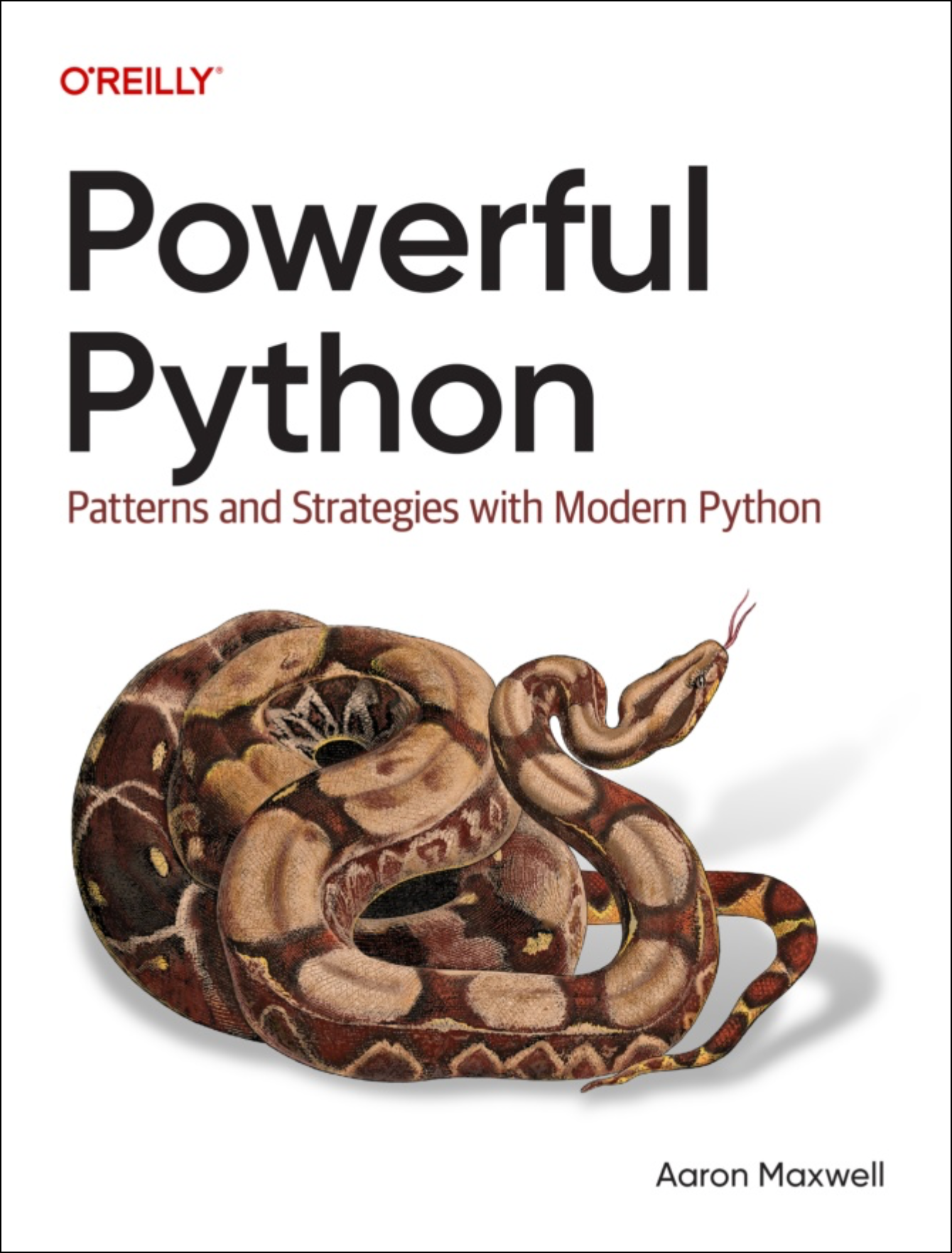How Python Properties Help With Refactoring
Once upon a time, Alice the Python developer had to create a class representing money. Her first implemented version looked like this:
- # First version of dollar-centric Money class.
- class Money:
- def __init__(self, dollars, cents):
- self.dollars = dollars
- self.cents = cents
- # Plus some other methods, which we
- # don't need to worry about here.
This class was packaged into a library, and over time, was used in many different pieces of code, in many different applications. For example, one developer on another team - Bob - used it this way in his code:
- money = Money(27, 12)
- message = "I have {:d} dollars and {:d} cents."
- print(message.format(money.dollars, money.cents))
- # "I have 27 dollars and 12 cents."
-
- money.dollars += 2
- money.cents += 20
- print(message.format(money.dollars, money.cents))
- # "I have 29 dollars and 32 cents."
This is all fine, but it creates a software maintainability problem. Can you spot it?
Fast forward a few months or years. Alice needs to refactor the internals of the Money class. Instead of keeping track of dollars and cents, she wants the class to just keep track of cents, because it will make certain operations much simpler. Here's the first change she might try to make:
- # Second version of Money class.
- class Money:
- def __init__(self, dollars, cents):
- self.total_cents = dollars * 100 + cents
This change has a consequence: every line of code
referencing a Money object's dollars has to be
changed. Sometimes when this happens, you're luckily the
maintainer of all the code using this class, and you merely have a
refactoring job on your hands. But Alice isn't so lucky here; many
other teams are re-using her code. She needs to coordinate her
changes with their code base... maybe even going through an
excruciatingly long, formal deprecation process. About as fun as
visiting the dentist, but it takes longer.
Fortunately, Alice knows a better way, which will let her avoid the
whole more-fun-than-going-to-the-dentist thing: The built-in
property decorator. @property is applied to
a method, and effectively transforms an attribute access into
a method call. Let me show you an example. Push that
Money class onto your mental stack for a moment, and
imagine instead a class representing a person:
- class Person:
- def __init__(self, first, last):
- self.first = first
- self.last = last
-
- @property
- def full_name(self):
- return f"{self.first} {self.last}"
Look at full_name. It's declared as a very normal
method, except being decorated by @property on the line
above. This changes how Person objects
operate:
- >>> buddy = Person('Jonathan', 'Doe')
- >>> buddy.full_name
- 'Jonathan Doe'
Note that even though full_name is defined as
a method, it is accessed like a member variable
attribute. There are no parenthesis in that last line of code; I'm not
invoking the method. What we've done is create a kind of dynamic
attribute.
Popping back to the Money class, Alice makes the
following change:
- # Final version of Money class!
- class Money:
- def __init__(self, dollars, cents):
- self.total_cents = dollars * 100 + cents
-
- # Getter and setter for dollars...
- @property
- def dollars(self):
- return self.total_cents // 100
- @dollars.setter
- def dollars(self, new_dollars):
- self.total_cents = 100 * new_dollars + self.cents
-
- # And the getter and setter for cents.
- @property
- def cents(self):
- return self.total_cents % 100
- @cents.setter
- def cents(self, new_cents):
- self.total_cents = 100 * self.dollars + new_cents
In addition to defining the getter for dollars using
@property, Alice has also created a setter, using
@dollars.setter. And
likewise for cents.
What does Bob's code look like now? Exactly the same!
- # His code is COMPLETELY UNCHANGED, yet works
- # with the final Money class. High five!
- money = Money(27, 12)
- message = "I have {:d} dollars and {:d} cents."
- print(message.format(money.dollars, money.cents))
- # "I have 27 dollars and 12 cents."
-
- money.dollars += 2
- money.cents += 20
- print(message.format(money.dollars, money.cents))
- # "I have 29 dollars and 32 cents."
-
- # This works correctly, too.
- money.cents += 112
- print(message.format(money.dollars, money.cents))
- # "I have 30 dollars and 44 cents."
None of the code using the Money class has to change
at all. Bob doesn't know, or care, that Alice got rid of the
dollars and cents attributes: his code keeps
working exactly the same as it did before. The only code that changed
is in the Money class itself.
Because of how Python does properties, you can freely use simple
attributes in your classes. If and when your class changes how it
manages state, you can confidently modify that class, and
only that class, by creating properties. Everybody wins! In
languages like Java, in contrast, one must instead proactively define
property access methods (e.g, getDollars or
setCents).
Here's something interesting: this is most critical with code that
is reused by other developers and teams. Imagine creating a class like
Money inside your own application, where you are the only
maintainer. Then if you change the class's interface, you can just
refactor your code. You don't necessarily need to create properties as
described above (though you might want to use them for other
reasons.)
